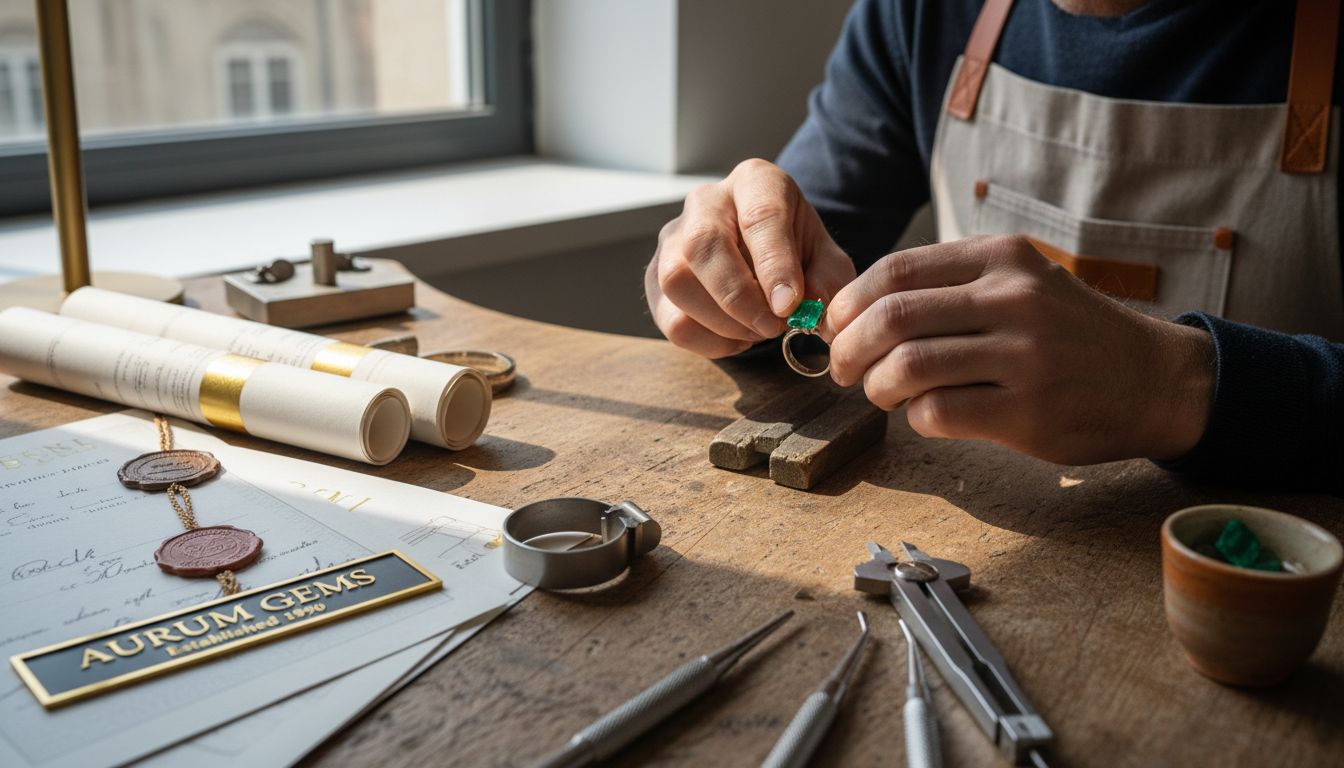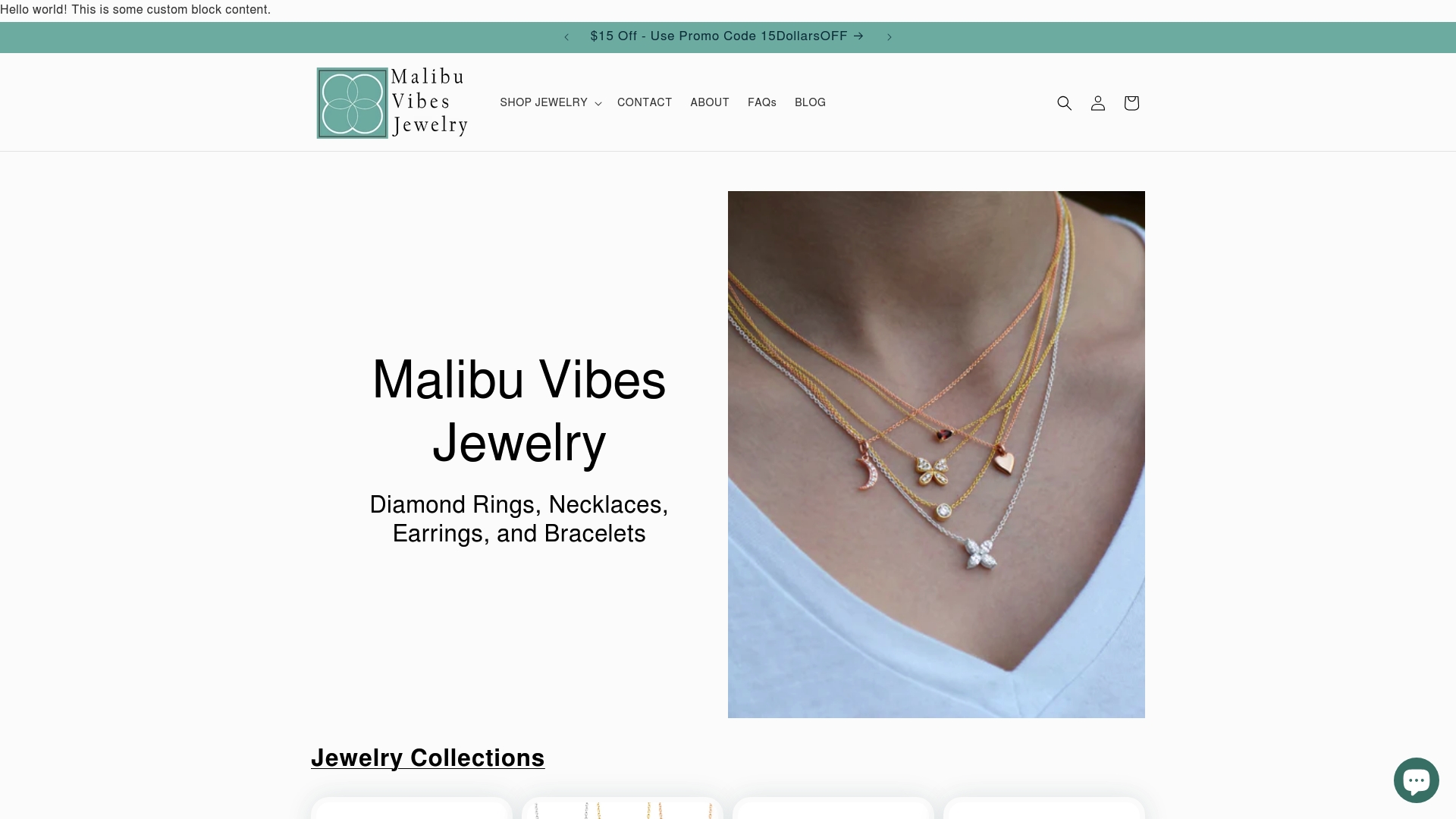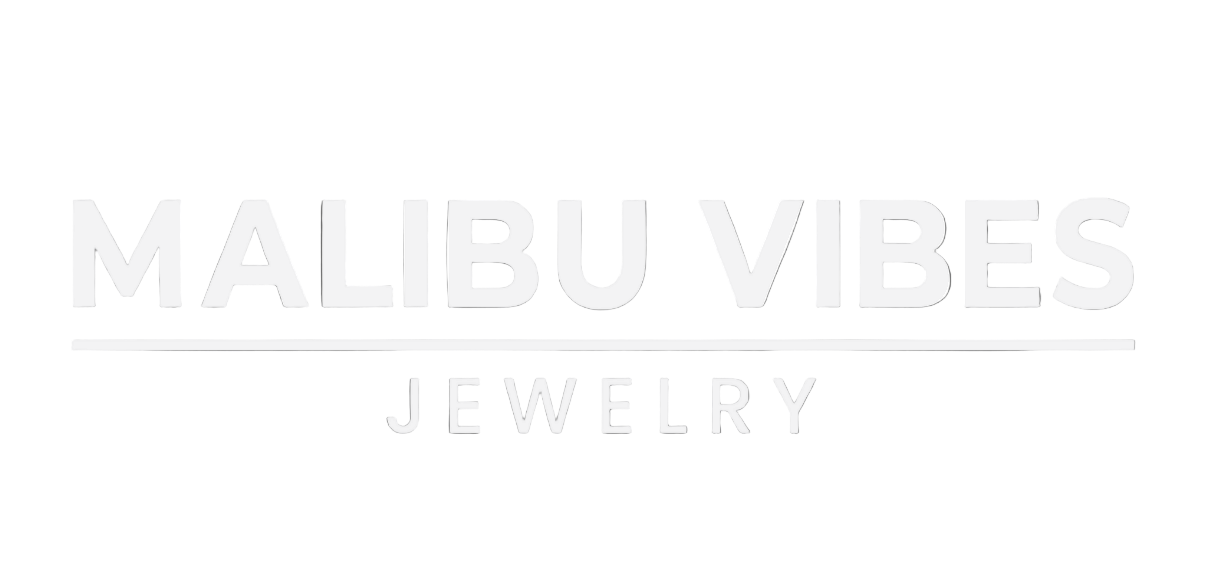Did you know that global sales of fine jewelry surpassed 360 billion dollars last year? This remarkable figure reveals how luxury pieces crafted from gold, platinum, and rare gems have become more than just accessories. Fine jewelry is valued for its beauty and craftsmanship, but it can also serve as a smart investment. Understanding what sets these pieces apart can help you appreciate their lasting appeal and spot real opportunities for financial growth.
Table of Contents
- Defining Fine Jewelry And Investment Value
- Major Types Of Fine Jewelry Investments
- How Craftsmanship And Materials Impact Worth
- Financial Benefits And Risks Of Jewelry Investing
- Comparing Jewelry To Other Investment Assets
Key Takeaways
| Point | Details |
|---|---|
| Investment Proposition | Fine jewelry combines artistry and luxury with potential financial appreciation, making it a strategic investment choice. |
| Types of Investments | Key categories include gold jewelry, designer pieces, gemstones, and vintage items, each with unique investment potentials. |
| Value Influencers | Craftsmanship, material quality, and rarity are critical factors in determining the worth of fine jewelry. |
| Investment Risks | While jewelry can appreciate, investors should be aware of market volatility and liquidity challenges when considering it as an asset. |
Defining Fine Jewelry And Investment Value
Fine jewelry represents a sophisticated intersection of artistry, luxury, and potential financial opportunity. According to law.cornell.edu, fine jewelry is meticulously crafted from precious metals like gold, platinum, and silver, often adorned with rare gemstones such as diamonds, rubies, sapphires, and emeralds. These extraordinary pieces distinguish themselves through exceptional material quality and superior craftsmanship.
Beyond aesthetic beauty, fine jewelry offers a unique investment proposition. Accounting Insights highlights that the investment value of fine jewelry stems from multiple critical factors:
- Material Composition: Precious metals and genuine gemstones
- Craftsmanship Quality: Exceptional design and manufacturing techniques
- Rarity: Limited production or unique design elements
- Market Demand: Ongoing consumer interest in luxury accessories
Investing in fine jewelry isn’t just about acquiring a beautiful accessory. It’s a strategic decision that combines personal style with potential financial appreciation. Understanding jewelry as an investment requires recognizing that each piece represents more than its immediate visual appeal—it’s a tangible asset with potential long-term value. Sophisticated investors and jewelry enthusiasts alike understand that well-selected fine jewelry can serve as a compelling alternative investment strategy, offering both personal enjoyment and potential financial returns.
Major Types Of Fine Jewelry Investments
Fine jewelry investments represent a nuanced world of potential opportunities, where strategic selection can yield both aesthetic pleasure and financial returns. According to Accounting Insights, investing in fine jewelry encompasses multiple categories with distinct investment potential, ranging from precious metal pieces to high-quality gemstone collections.
The primary types of fine jewelry investments include:
Here’s a comparison of the primary types of fine jewelry investments:
| Investment Type | Key Features | Investment Potential |
|---|---|---|
| Gold Jewelry | High-purity metals Timeless designs |
Stable value Inflation hedge |
| Designer Pieces | Signature collections Limited editions |
Brand prestige Collector demand |
| Gemstone Investments | High-quality diamonds, rubies, sapphires | Appreciation with rarity Requires expertise |
| Historical or Vintage Jewelry | Provenance Antique appeal |
High collector value Unique appreciation |
- Gold Jewelry: High-purity gold pieces with investment-grade quality
- Designer Pieces: Limited edition or signature collections from renowned designers
- Gemstone Investments: High-quality diamonds, rubies, sapphires, and emeralds
- Historical or Vintage Jewelry: Rare pieces with significant provenance and collector value
Experts from ISA Appraisers emphasize that successful jewelry investment requires understanding each category’s unique value propositions. Understanding why invest in gold jewelry can provide deeper insights into one of the most stable fine jewelry investment strategies. Sophisticated investors approach these investments not just as decorative items, but as carefully curated assets with potential long-term appreciation, blending financial acumen with aesthetic appreciation.
How Craftsmanship And Materials Impact Worth
The intrinsic value of fine jewelry extends far beyond its aesthetic appeal, deeply rooted in the meticulous craftsmanship and exceptional materials used in its creation. According to Accounting Insights, the worth of a jewelry piece is significantly influenced by two critical factors: superior craftsmanship and high-quality materials.
Key elements that determine a piece’s value include:
- Material Purity: Highest grade precious metals like 14k or 18k gold
- Gemstone Quality: Clarity, cut, color, and carat weight of stones
- Craftsmanship Techniques: Precision in setting, detailing, and design
- Design Complexity: Unique and intricate design elements
- Artisan Expertise: Skill and reputation of the jewelry creator
Experts from the Gemological Institute of America emphasize that expert craftsmanship combined with exceptional materials creates jewelry pieces that appreciate in value over time. What is Fine Jewelry? provides deeper insights into understanding the nuanced world of luxury jewelry, where each piece represents a harmonious blend of artistic vision and material excellence. Ultimately, the most valuable jewelry transcends mere ornamentation, becoming a testament to human skill, creativity, and precision.

Financial Benefits And Risks Of Jewelry Investing
Investing in fine jewelry is a sophisticated financial strategy that offers both promising opportunities and potential challenges. According to Digital Commons, gold jewelry can serve as a valuable diversification tool, acting as a safe-haven asset during periods of economic uncertainty.
Key financial considerations include:
- Potential Appreciation: Value growth based on material quality and rarity
- Diversification: Alternative investment option beyond traditional assets
- Hedge Against Inflation: Precious metals often maintain value during economic fluctuations
- Personal Enjoyment: Unique benefit of an investment you can wear and appreciate
- Potential Risks: Market volatility and liquidity challenges
Accounting Insights cautions that jewelry appreciation is not guaranteed, emphasizing the importance of understanding market dynamics. What is Jewelry Appraisal? becomes crucial for investors seeking to understand the true value of their pieces. Successful jewelry investing requires a nuanced approach that balances financial strategy with an appreciation for craftsmanship, recognizing that the most valuable pieces are those that combine intrinsic material worth with exceptional artistic merit.
Comparing Jewelry To Other Investment Assets
Investment strategies are rarely one-size-fits-all, and fine jewelry represents a unique asset class that diverges significantly from traditional financial instruments. According to Wharton Knowledge, gold jewelry uniquely bridges the gap between personal adornment and financial investment, with its value influenced by complex economic factors such as interest rates and market conditions.
Key differences between jewelry and conventional investments include:
- Tangibility: Physical asset you can wear and enjoy
- Emotional Value: Sentimental worth beyond monetary measurement
- Market Volatility: Less predictable compared to stocks or bonds
- Liquidity: Potentially more challenging to convert to cash quickly
- Appreciation Potential: Value driven by craftsmanship and material quality
Accounting Insights emphasizes that fine jewelry differs fundamentally from traditional investments in its market performance and liquidity characteristics. 7 Key Differences Between Fashion Jewelry vs Fine Jewelry provides additional context for understanding the nuanced world of jewelry investments. Ultimately, successful investors approach fine jewelry as a complementary asset that offers both aesthetic pleasure and potential financial diversification, rather than a direct replacement for traditional investment vehicles.
![]()
Elevate Your Investment with Timeless Fine Jewelry
Investing in fine jewelry means choosing pieces that blend exquisite craftsmanship with lasting value. Facing the challenge of finding jewelry that holds true financial potential involves understanding the importance of material quality and artisan skill. If you are seeking collections that align with the concepts of rarity, durability, and aesthetic charm, our curated selection of Solid Gold Necklaces and 14k Gold Diamond Earrings offers elegant choices crafted to meet these exact goals.

Discover pieces that not only enhance your style but also serve as strategic investments. Shop now at Malibu Vibes Jewelry to experience the perfect balance of artistry and lasting worth. Act today and secure jewelry that embodies both luxury and financial value.
Frequently Asked Questions
What is fine jewelry, and how does it differ from fashion jewelry?
Fine jewelry is meticulously crafted from precious metals like gold, platinum, and silver, often featuring rare gemstones. Unlike fashion jewelry, which is typically made from less expensive materials, fine jewelry is characterized by its superior craftsmanship, quality materials, and potential investment value.
What are the main factors that determine the investment value of fine jewelry?
The investment value of fine jewelry is influenced by several factors, including the purity of the materials (such as precious metals and genuine gemstones), the quality of craftsmanship, the rarity of the piece, and ongoing market demand for luxury accessories.
How can I assess the quality and value of fine jewelry before investing?
To assess the quality and value of fine jewelry, consider key elements such as material purity, gemstone quality (including clarity, cut, color, and carat weight), craftsmanship techniques, design complexity, and the expertise of the artisan who created the piece.
What are the potential financial benefits and risks associated with investing in fine jewelry?
Investing in fine jewelry can offer several financial benefits, including potential appreciation of value, diversification from traditional investment options, and serving as a hedge against inflation. However, risks include market volatility, liquidity challenges, and the fact that appreciation is not guaranteed.
Recommended
- Understanding Why Invest in Gold Jewelry: A Comprehensive Guide – Malibu Vibes Jewelry
- Understanding Jewelry as an Investment: Key Insights – Malibu Vibes Jewelry
- What is Fine Jewelry? Understanding Luxury and Craftsmanship – Malibu Vibes Jewelry
- What is Jewelry Appraisal? Understanding Its Importance – Malibu Vibes Jewelry
- A Guide to 18k Rose Gold Jewelry – MaraFormigone
- How to Accessorize Outfits: Tips for Stylish Women – Be Juliet



